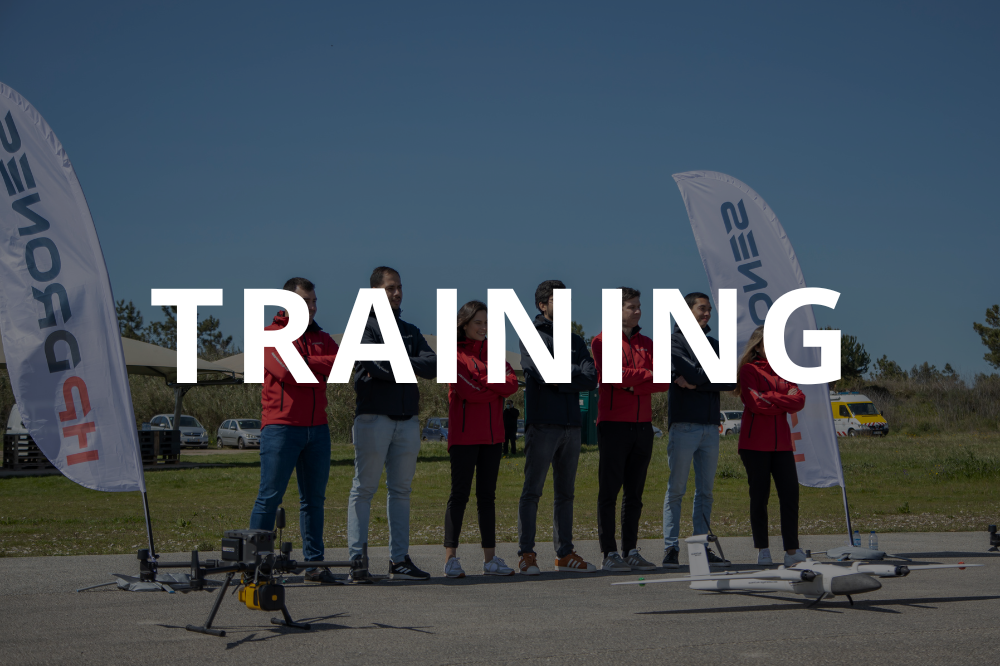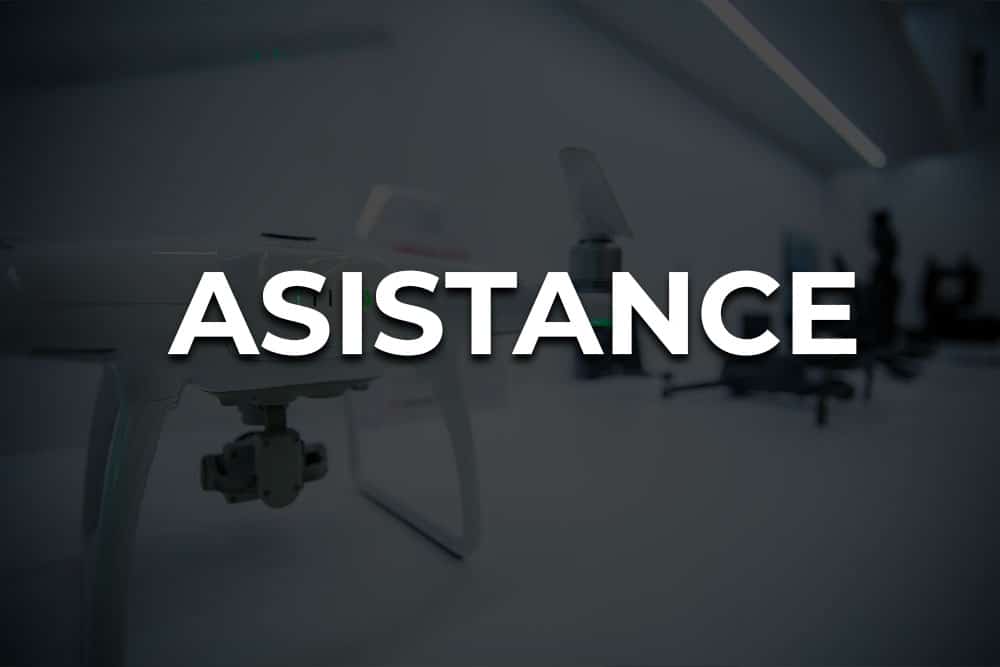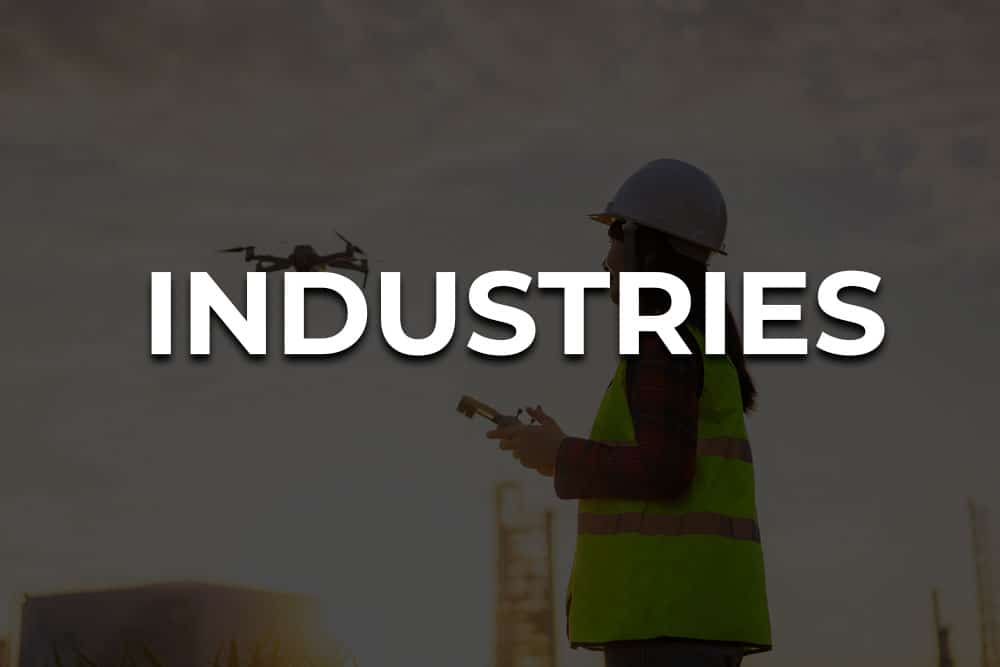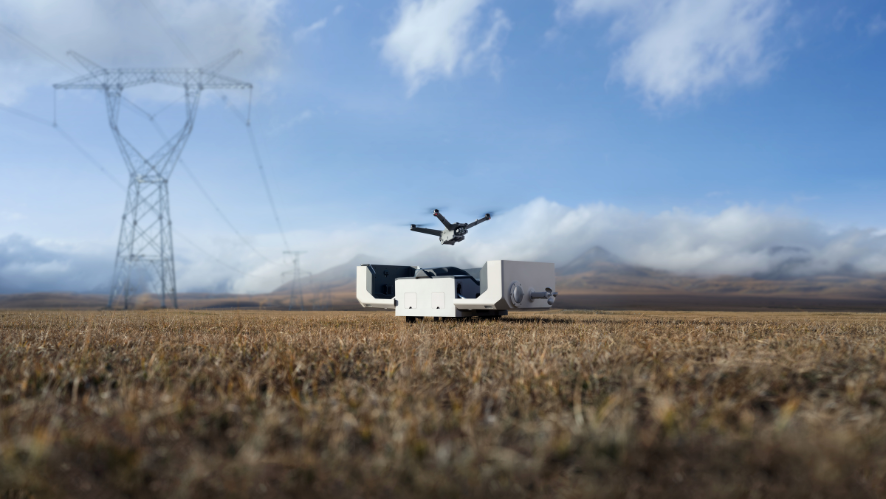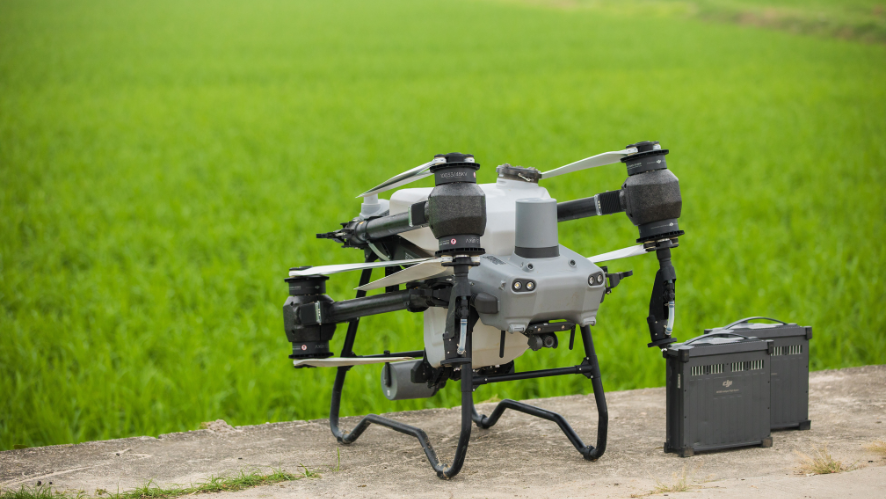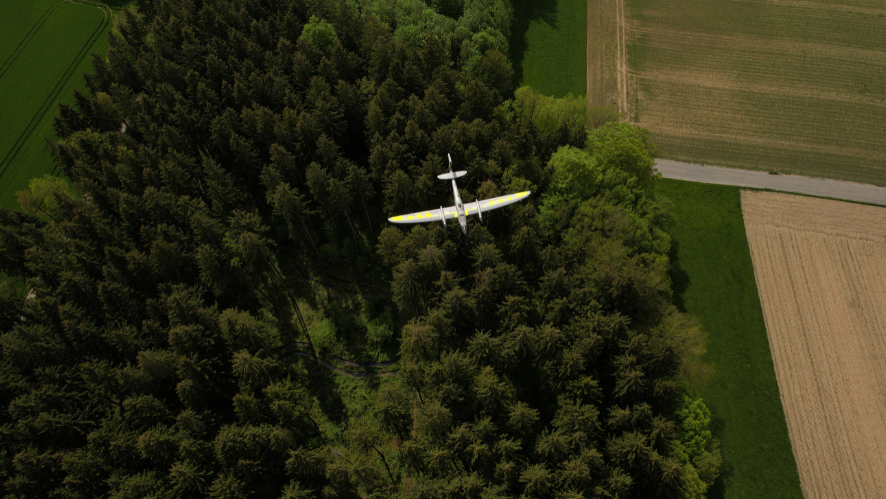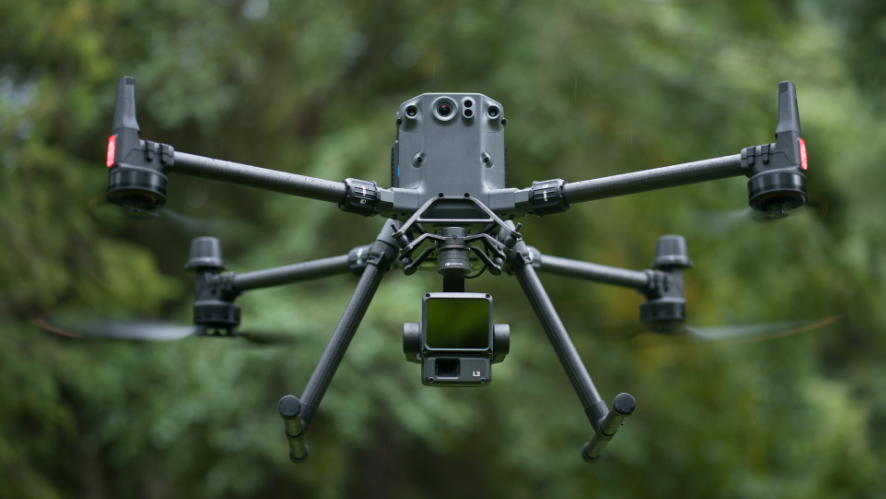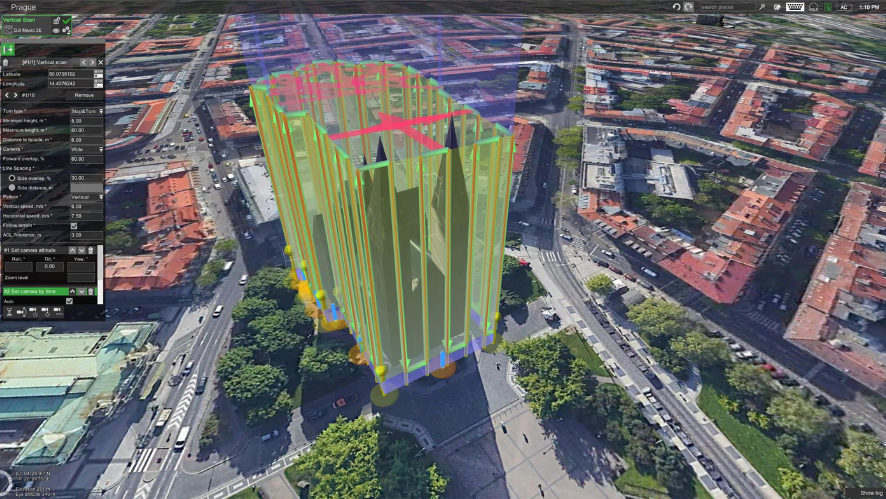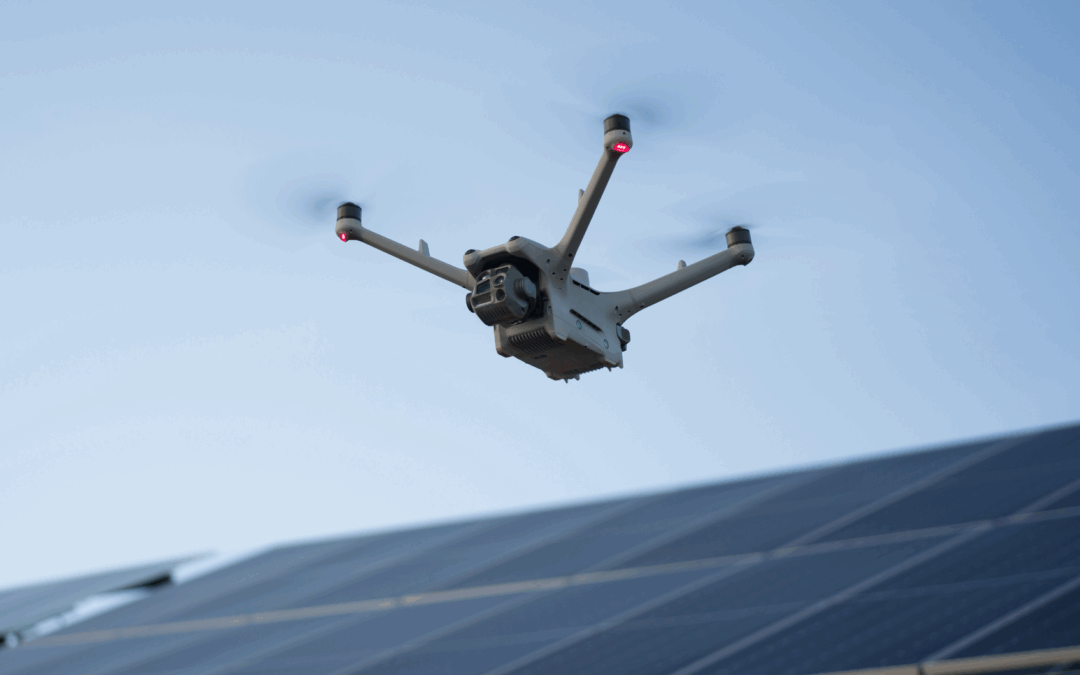From Capture to Intelligence
With the ability of drones to collect thermal, multispectral, and LiDAR imagery, a new challenge arises: how can thousands of gigabytes of data be transformed into useful decisions? This is where artificial intelligence (AI) comes into play.
How does AI process the data?
- Image classification: deep learning algorithms identify patterns, objects, or anomalies in RGB, thermal, or multispectral images.
- Structure segmentation: AI models isolate elements such as cracks, solar panels, vegetation, or structural failures.
- Automatic anomaly detection: trained systems can alert operators to areas with abnormal temperatures, cracks, or faults without human intervention.
Practical applications of AI with drones
- Automated inspections of solar panels: Detection of thermal hotspots or damaged cells, even across large solar farms.
- Early detection of crop diseases: Combining multispectral imagery and machine learning to map pests, fungi, or water stress.
- Monitoring of critical infrastructure: Telecom towers, high-voltage power lines, and buildings inspected with drones and AI, reducing human risk and increasing efficiency.
Next-generation tools
Platforms such as DJI Terra, Pix4D, and open-source solutions already include AI modules or support custom machine learning scripts. This enables the creation of workflows tailored to each use case—from agriculture to industrial inspection.
Beyond analysis: predictive intelligence
The next step in the integration of drones and AI goes beyond describing what is happening: it anticipates what may happen.
- Predictive maintenance: Algorithms not only detect current failures but also estimate the likelihood of future malfunctions in equipment and infrastructure.
- Simulation models: By combining historical and current data, AI can forecast the evolution of a crop or the progressive wear of a structure.
- Integration with management systems: Results are not confined to isolated reports but are integrated into business intelligence platforms or ERPs, enabling companies to make real-time decisions.
In short, drones are becoming intelligent sensors of the physical world, and AI is the bridge that transforms this data into strategic knowledge. This combination not only streamlines processes but also reshapes how entire sectors—energy, agriculture, construction, or security—plan, maintain, and grow.
________________________________


